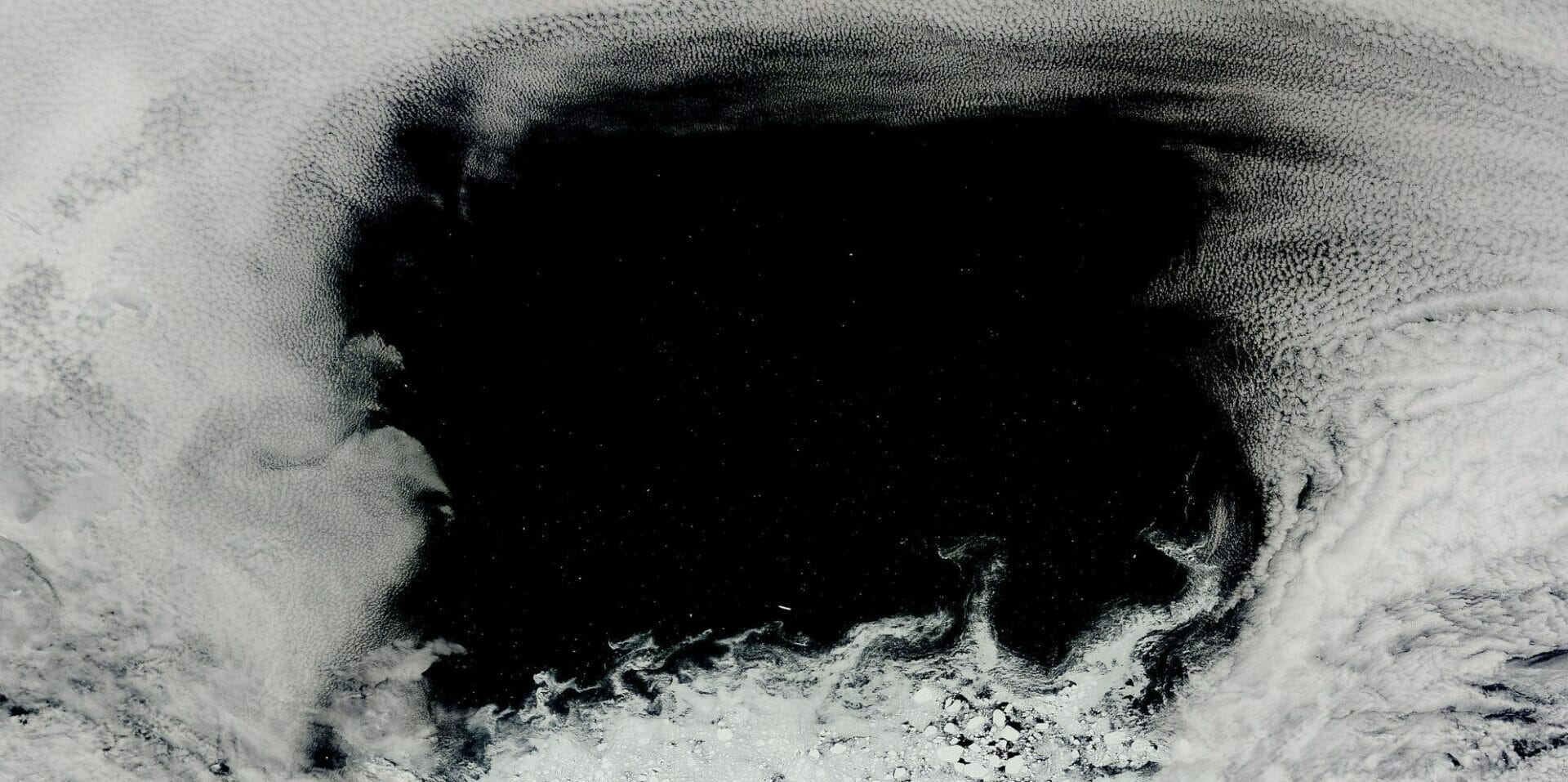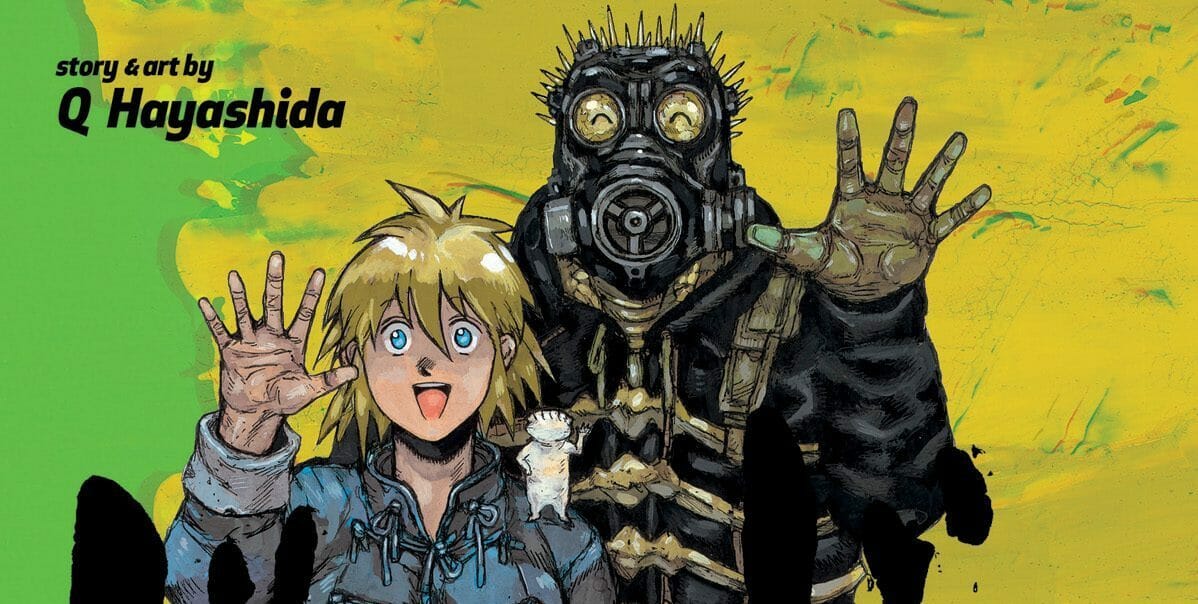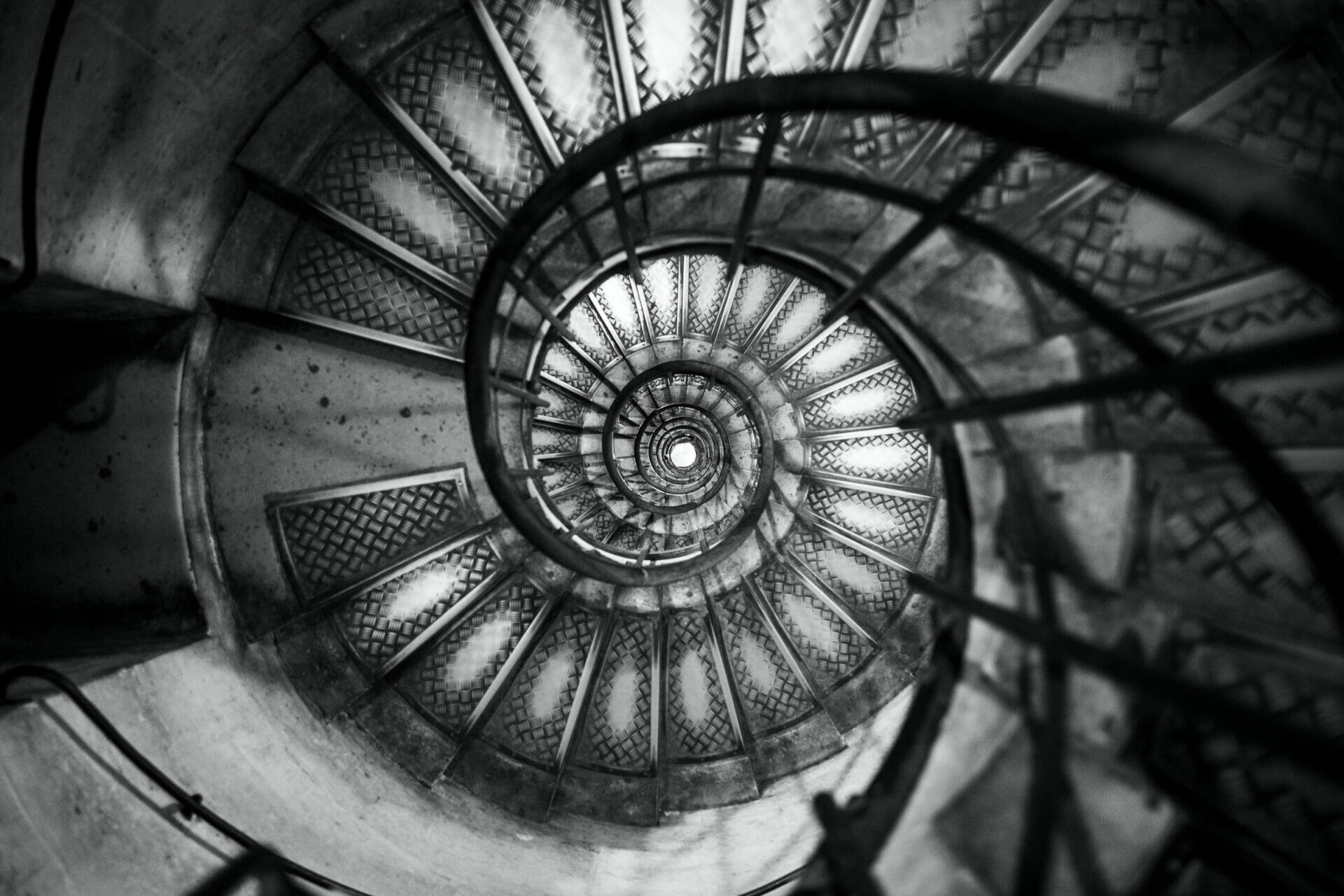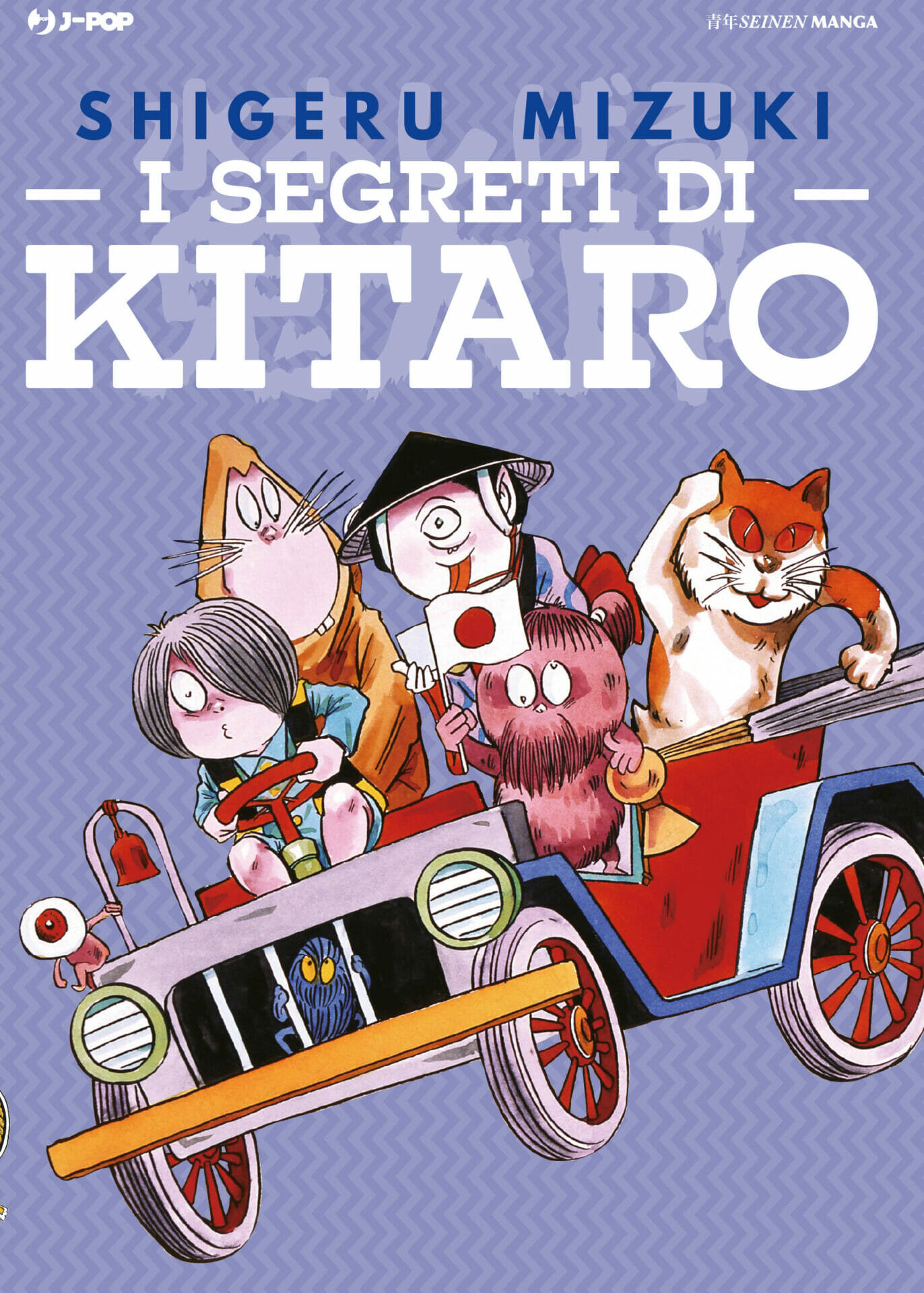
Gegege no Kitaro | The popularization of yokai
Author
Year
On a dark and windy night, an otherworldly event disrupts the quiet of a cemetery. From the freshly dug earth emerges a hand, belonging to a misshapen boy without an eye. His name is Kitaro: last living member of the Ghost Tribe, born by the union of two spirits. Despite the unsettling start, the event marks the beginning of a horror comedy for children, Gegege no Kitaro.
Along with the autobiographical work NonNonBa, it takes inspiration from author Shigeru Mizuki’s early childhood. The title alone exemplifies this, with gegege being both the onomatopoeia of a cackling laugh and his nickname as a child. The manga gained great traction in Japan as the first franchise to popularize Japanese folktales. However, it would remain unknown in the West until the early 2000s.
Horror adventures for children
Mizuki, a blood bank employee, is investigating the mysterious case of a transfusion that transformed a patient into a spirit. He soon discovers that the original donor, a pregnant woman, is a yokai. She convinces him to keep her secret until the child is born, but tragically, both parents die before that day. So, when a boy crawls out of the grave he dug for the couple, Mizuki takes him in as his adoptive son. Though soon enough, Kitaro‘s own supernatural nature will begin to show.
Being one of the first horror manga aimed at a younger audience, its plot is linear and simple. A choice also due to its episodic format, which favors a collection of short stories rather than a longer, protagonist-driven plot. In fact, each chapter is a self-contained tale about a different spirit and Kitaro’s intervention to face them. A structure similar to the Italian comic Monster Allergy, whose protagonists Zick and Elena are on a quest to capture rogue monsters.
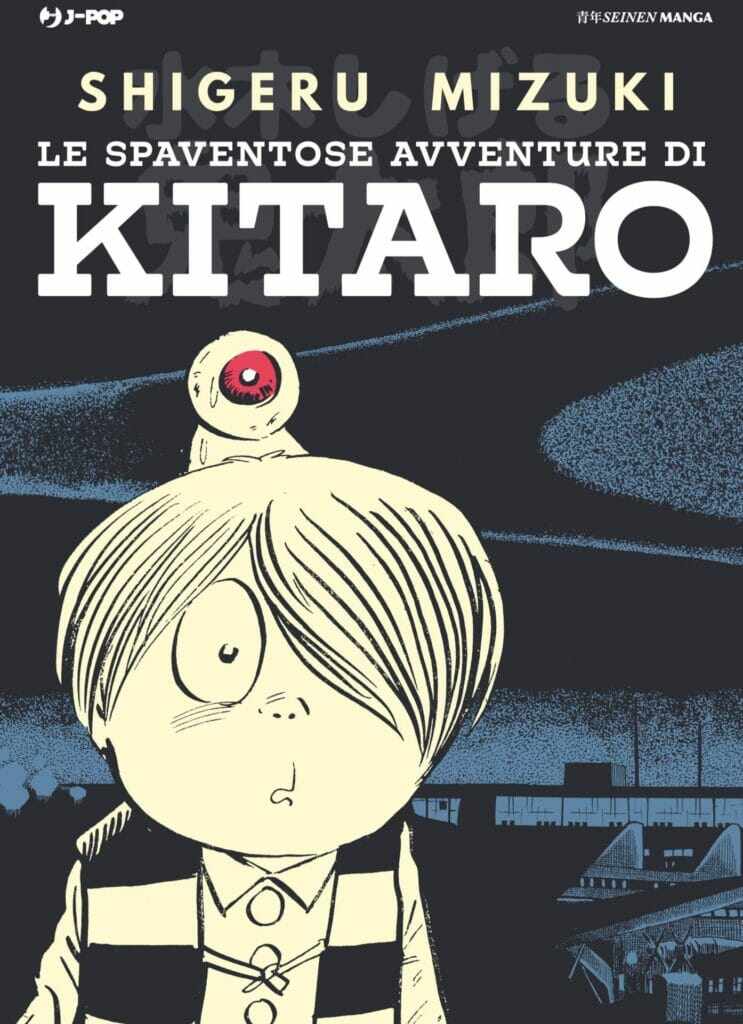
The evolution of Gegege no Kitaro, from theater to manga
The history of Kitaro’s character dates back to the 30s. Its first documented apparition being as the protagonist of a kamishibai – a form of street theater popular during the Great Depression. It narrated the tale of a boy born in a graveyard by a ghost, inspired by local legends. Said folktales of spirits became popular among the public of the time, fueling the interest in the supernatural of a young Shigeru Mizuki.
During the 60s he would start working on the first manga adaptation, titled Hakaba no Kitaro and published on Shonen Magazine. However, the original manga’s gritty realism bore the marks of Mizuki’s traumatic experiences during WW2. Darker and quite graphic, it was deemed too unsettling for children. As a consequence, the author resorted to remake the series by toning down the horror in favor of a comedic approach. Thus, in 1967 Gegege no Kitaro was born, continuing its publication on the Weekly Shojen Sunday and many other magazines. But only in 2002 it would reach past the confines of Japan with its first English translation by Kodansha Bilingual Comics.
The charm of folklore in a modern story
While featuring action and comedy alike, the core of Gegege no Kitaro remains the supernatural. That is because this manga is, first and foremost, a tale of yokai stemmed by Mizuki’s extensive knowledge of mythology. The term comes from the words yo (alluring, strange) and kai (mystery), and refers to a variety of creatures from Japanese folklore. From demons to spirits, it includes all those mysterious events that can only be the work of a supernatural entity. These beings have populated the collective imaginary for centuries, becoming the subject of artworks and stories. A prime example is Ghibli’s animated movie Spirited Away by Hayao Miyazaki, set in a world inhabited solely by said creatures.
Yokai range in both appearance and character, and Gegege no Kitaro reflects this variety, showing them both as allies and foes. Some may look humanoid while others are everyday objects come to life; some may be dangerous and others benign. This is the case for characters like Kitaro’s father – resurrected as an anthropomorphic eyeball to watch over his son – or the mischievous Nezumi Otoko, half yokai with a rat-like appearance. Bizarre creatures that can also be found in shonen manga like Inuyasha and Nura: Rise of the yokai clan. And since for many yokai there is no univocal representation, Mizuki was able to shape his own personal interpretation. Through it, he celebrated yokai for their cultural relevance, seeking to evoke the sense of wonder that characterizes them.

The evocative atmosphere of Gegege no Kitaro
Contrary to most stories with a younger audience, the tone and visuals of Gegege no Kitaro maintain a dark atmosphere that permeates the whole series, starting from the distinctive melancholy of its protagonist. While raised by human parents, Kitaro’s supernatural nature set him apart from normal people, never to fit in even among those he has helped. A trait shared by other lone protagonists such as Guts in Berserk or the tragic figure of Devilman. And yet, he remains a kind-hearted soul who wishes to bring peace between the yokai and the human world.
Secondly, its art style shines for the contrast between simplified characters and detailed backgrounds. It manages to convey the unsettling without ever becoming gory, relying instead on evocative scenarios. So while Gegege no Kitaro‘s strength lies in the fascination towards the otherworldly, its atmosphere is what made it iconic. By striking a well sought balance between horror and charm, Mizuki’s work became popular with readers of all ages. It received seven anime adaptations, one for each decade since its publication, and two live-action movies.
Tag
Buy a ☕ for Hypercritic







